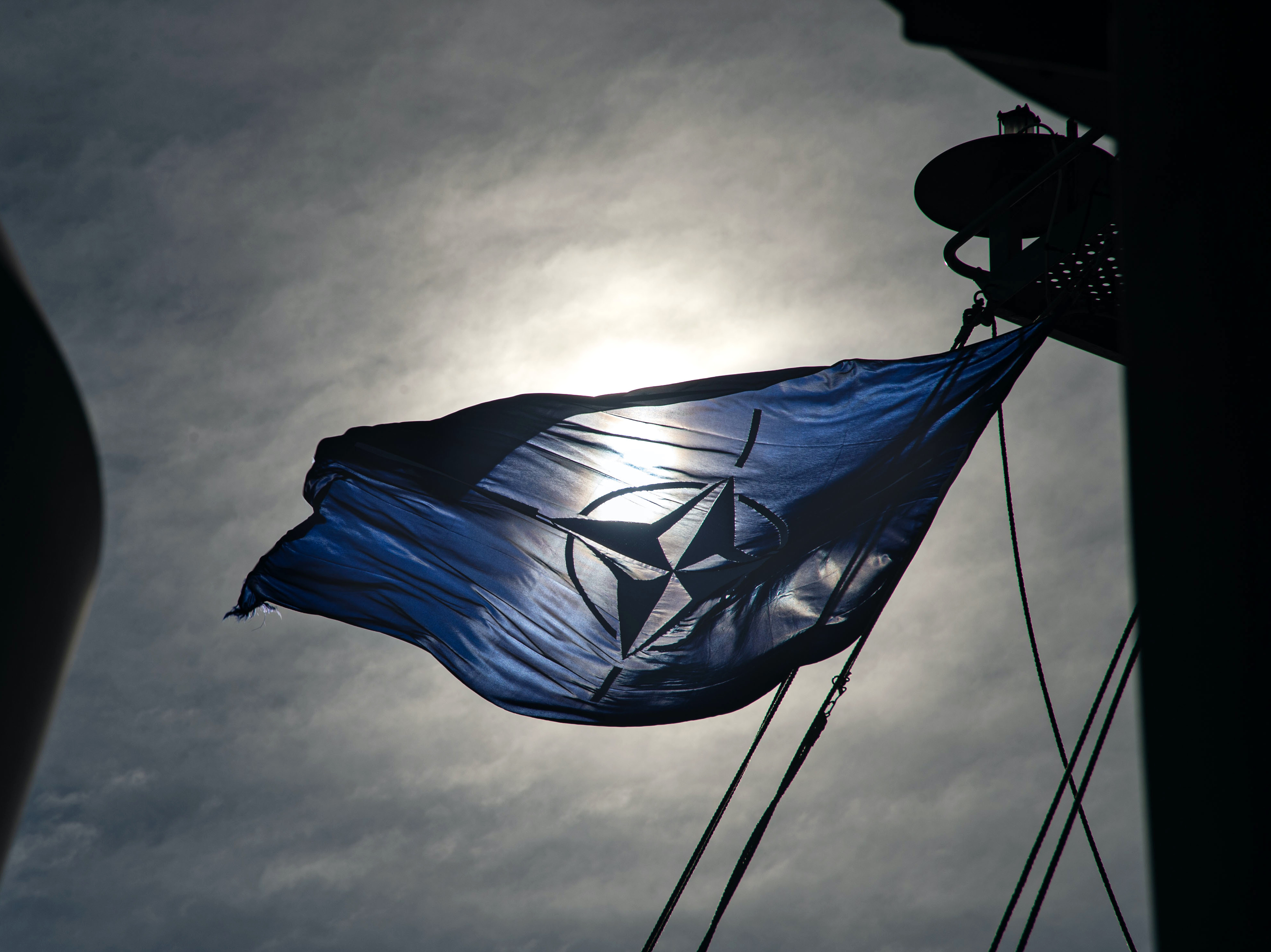
NATO’s new force model has already given its top commander a 700 percent increase in fully ready troops, Army Gen. Christopher Cavoli said this week on the first day of the alliance conference in Vilnius, Lithuania.
The command is now “force sourcing line units” to NATO’s three regional defense areas – the Arctic and North Atlantic; southern Europe; and southeastern Europe, Cavoli said.
“It’s the blueprint for the modernization of NATO’s collective defense,” a dramatic change from its posture for “out-of-area” operations like Afghanistan, he said.
The regional plan “is based on the threat” from Russia, which was the original intent of the alliance when it was formed in 1949, said Adm. Rob Bauer, chair of the NATO military committee.
Cavoli said the “force sourcing” is about 70 percent complete for the 300,000 troops who had been brought to the highest state or readiness within the past year.
“Time is of the essence here,” Bauer said. “A lot of work needs to be done; it starts tomorrow.”
To make the blueprint work, a new readiness system needs to be established and an updated command and control structure put in place. Attribution?
Cavoli said the expanded exercise program will test “large-scale, simultaneous maneuver.” Bauer added the exercises should contain “fractious scenarios” that identify Russians as the opposing force.
Force and logistics mobility were essential to make the blueprint work, Bauer said. “It’s not easy to move ammunition and people” and weapons systems, spare parts, fuel and food in Europe now, he said.
Estonian Prime Minister Kaja Kallas said the alliance should also rebuild its stocks of prepositioned weapons and ammunition.
Moscow’s alliance with Belarus has raised the stakes in Eastern Europe, Latvian Prime Minister Krisjanis Karins said. Russia has announced it intends to ship tactical nuclear weapons to its ally Belarus. Latvia’s borders are constantly being probed by Belarus, he added.
The danger could get much higher very soon if Wagner Group mercenaries come to Belarus. Karins said he could imagine “200 well-trained ruthless mercenaries trying the migrant route” by cutting through fences to enter his country.
Karins added, “the Russians only understand strength and power.”
One lesson Cavoli has taken from the war in Ukraine is “high pressure, high tempo [conflict] requires professionals,” he said.
That requires money and manpower.
The Netherlands’ Bauer said during an earlier panel discussion that “getting more people at a higher readiness [also means] investing in infrastructure, in enablement and having logistics in place.”
Latvia “re-introduced conscription” to build up its own armed forces, Karins said. It has also bought more air defense and coastal defense systems and HIMARS [High Mobility Artillery Rocket Systems] to modernize its military.
For infrastructure, Latvia is building a 25-square-kilometer training area, which will be larger than its existing five. Karins added this will accommodate the additional NATO forces that will be coming to Latvia as part of the geographic realignment.
Canadian Prime Minister Justin Trudeau said Ukraine’s armed forces are demonstrating the value of training. He noted Ottawa trained more than 35,000 Ukrainians on Western equipment and tactics between 2015 and 2022 and that training continues now in Latvia.
“The Russians are not able to defeat … a modern-equipped, a modern-trained army,” he said.
Karins expects Riga’s defense spending to reach 3 percent next year.
That is one percent higher than what all NATO members spent in 1988 to deter Soviet aggression, Kallas said. Eleven members of the alliance are at the 2 percent threshold set in the wake of Russia’s seizure of Crimea in 2014 and backing of separatists in Ukraine’s eastern provinces with equipment and manpower.
“We have to boost our defense spending,” she said.
Higher investment would reassure NATO’s industrial base that members were serious about deterrence and defense, Kallas said. It also would mean Ukraine would not have to rely on American-supplied cluster munitions because stockpiles of artillery shells have been depleted.
The war in Ukraine shows the strength of cohesion in how its citizens came together that “that has fostered bravery on the battlefield,” Cavoli said. It spurred Ukrainian industry to step up to meet wartime needs, he added.
The alliance itself has shown cohesion in responding to the Russian attack even as each nation balances its own interests.
“Cohesion gives us a huge amount of strength,” Cavoli said.





